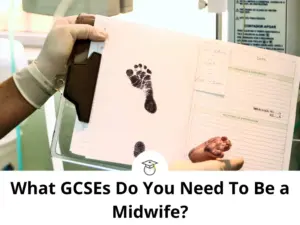The Spelling Section of the QTS Literacy Skills Test
The spelling section of the QTS Literacy Skills Test is based around common types of words that you are likely to see as a teacher. This is a very broad list of spellings so rather than trying to cover every possible spelling that can come up, it is usually more effective to learn the common rules, practice a selection of different types of words and then do plenty of practice papers.
Some of the common spelling rules are covered below
Prefixes and Suffixes
A prefix is the letters that make up the first part of a word and a suffix comes at the end of it. Prefixes and suffixes are added to existing words in order to alter their meaning and tense.
Words with an added prefix will always have the same spelling. For example; when “active” becomes “inactive,” the prefix in- is included but the rest of the work remains the same. Prefixes can often be used to give the converse of a word, so the opposite, like logical and illogical. Some common examples to use are:
- Il e.g. illogical, illegal
- Ir e.g. irregular, irrational
- Im e.g. impossible
- Dis e.g. dismantle
- In e.g. inactive
- Trans e.g. transform
- Sub e.g. subculture
- Pre e.g. preview
- Re e.g. redo
- Auto e.g. autobiography
- Un e.g. unhappy
When a suffix is added to a word it doesn’t always change its meaning, but they can result in the word before it being spelt differently e.g. athlete and athletic, the tic is added and an e is removed. Some common examples of suffixes are
- Less e.g. powerless
- Ible e.g. Accessible
- Ed e.g. Adapted
- Ing e.g. Allowing
- Ment e.g. measurement
- Er e.g. Attacker
- Ness e.g. Illness
- Able e.g. Accountable
Homophones
These are words which sound the same, but are spelt differently and have different meanings. If you are going to be sitting the audio version of the QTS Literacy Skills Test, homophones can be particularly tricky since hearing the word won’t necessarily point out the correct spelling. In order to answer questions which involve homophonic words, you will have to know what each of the variations means and then examine the sentence the word has been taken from. From there, you can figure out which spelling is appropriate.
The three sets of homophones which are most commonly in use in the English language are:
- To Two Too
- There Their They’re
- Your You’re
Because of text typing, homophones are something which are used incorrectly a lot of the time but you should learn these for your Professional Literacy Skills Test and just generally as they will save embarrassment when writing formal letters or reports and using the incorrect term which won’t necessarily be picked up by spell check.
These are just a few examples showing how these homophonic words are different from one another. When you come across these during reading, try and take apart the sentence that the word is in and figure out why it is spelt in that way. In the test, you should do the same. Read the entire sentence to understand what the word is being used to do, and then choose the correct spelling.
These are just two areas to cover then revising for the professional literacy skills test spelling section.
QTS Maths Tutor Team
We help thousands of students each year with revision, courses and online exams.

